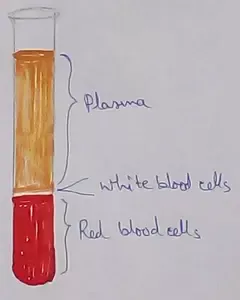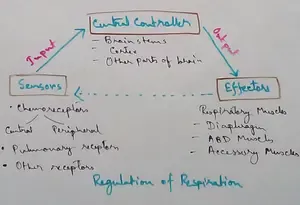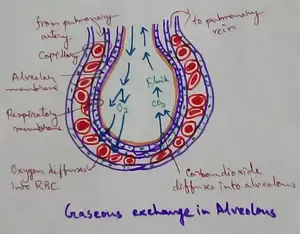Prevention of Diseases and Harmful Germs
We will discuss about the different precautions for the prevention of diseases and harmful germs.
How should we prevent the breeding of flies, mosquitoes and harmful germs?
Undisposed liquid and solid wastes help in the breeding of insects and harmful germs. We should be careful and take the following precautions for preventing the breeding of flies, mosquitoes and harmful germs.
(i) Waste water should not be allowed to collect anywhere and for a long time. Even small pits should be filled up with soil.
(ii) Water should not be allowed to collect in empty tins, cans, earthen pots or any other pot for a long time.
(iii) Water tanks should be covered and never be left open.
(iv) Drains must be cleaned regularly and daily.
(v) If domestic animals drink water in a trough, we should change the water of the trough regularly.
(vi) Kerosene oil should be sprayed or bleaching powder should be thrown over stagnant water frequently.
How should we prevent diseases?
Breeding of flies, mosquitoes and harmful germs are the cause of various diseases. We can prevent diseases by proper disposal of wastes and by taking the following precautions in cleaning houses and surroundings.
(i) We should use safe water for drinking, cooking and bathing.
(ii) We should keep food and drinking water in clean containers. Food must be covered and mouth of the water container should be covered with lid.
(iii) We should use sanitary latrines and avoid to go in the open for this purposes.
(iv) We should wash our hands fully before taking meals and after passing stools or urine.
(v) We must keep our nails cut and short and also clean.
(vi) We must avoid such food which is exposed to dust and flies.
(vii) Our houses and surroundings should be clean.
(viii) Domestic garbage should be collected in a covered dustbin and then be dumped in a compost-pit. We should never throw garbage in the open.
(ix) We should spray insecticides on insects found in and around our houses.
From Prevention of Diseases and Harmful Germs to HOME PAGE
Recent Articles
-
What Is Plasma? | Blood Plasma | Proteins | Nutrients | Cholesterol
Nov 07, 25 10:29 AM
Blood is a mobile fluid which is a connective tissue and is derived from the mesoderm like cell any other connective tissue. Colour of blood is reddish and that flows inside the blood vessels by means… -
Disorders of Respiratory System | Tuberculosis | Pleurisy | Emphysema
Oct 28, 25 11:39 PM
Tuberculosis is very common disease and is caused by a type of bacteria called Mycobacterium tuberculosis. This disease causes different trouble in the respiration and infection of several parts of th… -
Regulation of Respiration | Respiratory Centres | Inspiratory Area |
Oct 14, 25 12:13 AM
Respiratory Centre is the area that controls the rate of respiration and it is observed to be located in medulla oblongata and pons. Respiratory Centre has the following will dispersed components like… -
Explain Transport of Gases | External Respiration | Tissue Respiration
Oct 09, 25 11:35 PM
In humans gaseous exchange is completed in the following ways the steps are - External Respiration or Breathing - Breathing in false taking in of Oxygen and giving out of carbon dioxide in the body. M… -
Kind and Number of Teeth | Location of Teeth in Mouth | Care of Teeth
Sep 11, 25 12:52 AM
Kind and Number of Teeth





New! Comments
Have your say about what you just read! Leave me a comment in the box below.